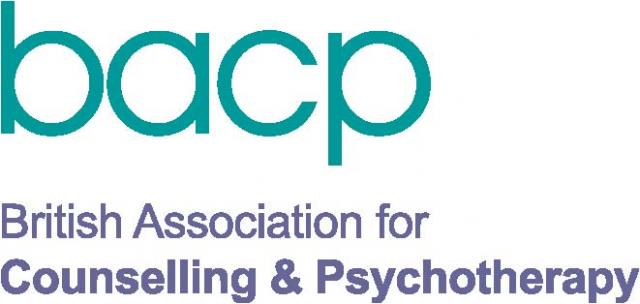The Teenage Mind: Navigating Anxiety with Insights into Brain Dynamics
/There is a noticeable surge in teenagers grappling with anxiety, potentially fuelled by heightened pressures in today's society, like increased social media use, academic stress, and lingering effects of COVID lockdowns. To effectively address and manage these stressors, it is beneficial to gain insight into the underlying brain processes.
Certain manifestations of anxiety can be viewed as a normal and constructive response to specific situations. For instance, feeling anxious about an upcoming exam can serve as a motivational factor, compelling individuals to strive for success. However, there are instances when this anxiety becomes overwhelming, triggering the body's fight, flight, or freeze response.
In some cases, the inability to calm the body down may escalate to panic attacks, hindering the ability to study or perform well in exams. This heightened response occurs because the brain struggles to differentiate between real-life threats and imagined ones; passing an exam, although stressful, is not an immediate life-or-death scenario, yet the brain induces a heightened sense of urgency and threat perception.
Evolutionary Echoes – The Caveman Brain
Cavemen thrived in evolution due to their genes' vigilance against potential threats, aiding their survival. Nowadays, our inherent programming leans toward risk focus, causing us to remember negative events more vividly than positive ones.
While our brains have evolved in various aspects since the caveman era, one part, the amygdala, lags in keeping pace with evolution. Responsible for processing emotions and triggering the fight, flight, or freeze response, the amygdala's immediate reaction to perceived threats or danger was crucial for cavemen's survival.
In encountering a sabre-toothed tiger, for instance, the amygdala swiftly initiated a flight response: adrenaline and cortisol production, increased heart rate for efficient blood circulation to muscles, accelerated breathing to supply oxygen, and diversion of blood from unused body parts. This instantaneous reaction prioritized survival over cognitive contemplation.
The caveman brain may have protected us in the past… but it hasn’t adapted to the stresses of today
In the present day, our anxious brains haven't evolved rapidly enough to distinguish between modern and ancient threats. While sabre-tooth tigers are extinct, our response to contemporary stressors, like worrying about exams or social media comments, mirrors the primal reaction to imminent danger. This parallel response, however, proves unhelpful in navigating the challenges of the modern world.
Aiding the Amygdala
While the amygdala is responsible for detecting danger in our environment, the prefrontal cortex plays a crucial role in regulating our reaction to that danger. It becomes particularly important to engage the prefrontal cortex when the amygdala has sounded a false alarm in the absence of immediate danger.
Understanding how the brain fires and how its dynamics work means we can come to control it
Teenagers face a unique challenge in this regard, as their brains are not fully developed until the age of 25. This developmental stage may explain why some teenagers are considered risk-takers, as they may not consistently utilize their prefrontal cortex when assessing certain risks. Seeking counselling can prove beneficial in recognizing the distinction between helpful and unhelpful anxiety, allowing individuals to explore triggers that lead to false alarms in the amygdala. This might include:
Take Notice: Noticing and naming when our amygdala has been falsely triggered – you may use a switch for this.
Engage the prefrontal cortex: you can use strategies such as counting backwards in 2s, naming blue objects in the room or green or red, naming animals beginning with A, B, C, and touching the floor or chair.
Using mindfulness: remembering we cannot predict the future so it is important to try and stay in the present.
Journaling and self-reflection: Writing down our worries maybe in a journal and thinking about what a trusted friend would say so we can get another perspective.
Visualising: Imagining a safe peaceful place engaging all our senses, including smell.
Healthy habits: Developing a good sleep routine and taking regular exercise.
Breathing: using square or finger breathing to ensure we are getting enough oxygen into our lungs to calm us down.
Counselling will allow you to explore which strategies work best for you and help you to notice when you’re experiencing a false alarm as well as recognise when anxiety is a helpful response.
Ready to try counselling? Get in touch with us today.






